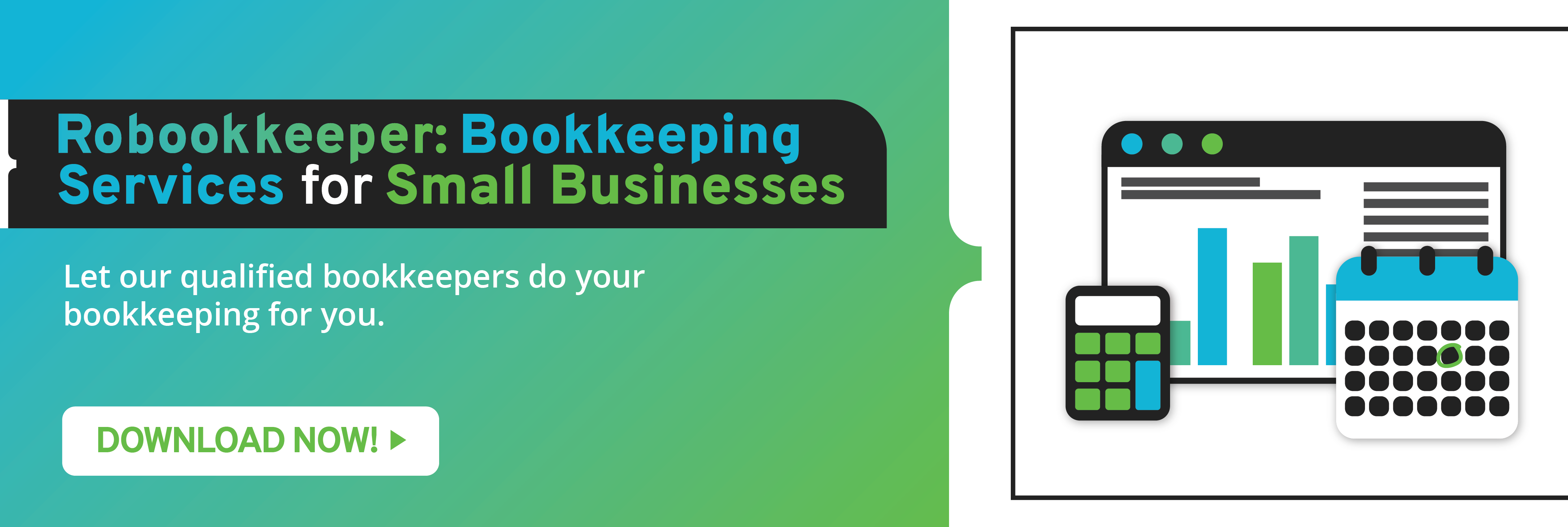As a small business owner, you do supply chain planning to determine suppliers that provide you with the best value for the inventory you need to purchase. You have the option to use one or multiple sources. However, there are times when you might have to buy from only one supplier.
It is important to determine the advantages and disadvantages of a single sourcing supply chain.
What Are the Advantages of Single Sourcing?
- When you purchase inventory from just one source, you lower your risk. You’re already familiar with their practices, delivery times and prices. The rapport and relationship provide you with an opportunity to negotiate terms and payment schedules.
- A single source supplier will most likely be available whenever you need anything because of the trust and business relationship you already developed. They can prioritize your requests and provide you with possible discounts for bulk purchases.
- You’re familiar with their services and products. You’ll have fewer things to worry about regarding quality control and delivery. The administrative work involving them will be seamless.
- Easier and faster identification of problems that may arise along the supply chain because you’re dealing with just one supplier.
- Smoother communication between companies. Less miscommunication and easier to clarify and verify orders, needs and solutions to problems.
- You’ll have an easier time monitoring orders, quality control and others, if you only have one supplier.
What Are the Disadvantages of Single Sourcing?
- One of the cons of single sourcing when supply chain planning is that if there’s a shortage of the inventory you need, you’ll have to wait for a restock or look for another supplier. This situation is especially difficult when you have to make an order on short notice.
- Any industry undergoes various changes in its business landscape. Using one supplier may affect your competitiveness. Your sole supplier may drop in quality and performance which may negatively affect your small business.
- If your sole supplier goes bankrupt, experiences financial difficulties or is bought out, you might face risks. These risks include inventory shortage, costlier purchases, changes in communication lines, and new people to deal with.
Identifying the pros and cons of sourcing from one supplier improves your small business’ supply chain planning. You can determine if you need to look for other suppliers to purchase what you need. You can then determine your budget and the amount you’re willing to spend when dealing with suppliers.
How to Find a Supplier
Finding quality and good value suppliers is important to the success of your small business. You can look for suppliers online, joining trade shows, participating in conferences or referrals from colleagues in your industry. Qualify each supplier based on your company’s needs and budget. A supplier might fill one need while a different one may fill another. You can also get all your inventory from one supplier. Get reviews and gather data you can collect to make an informed decision.
If you need assistance with some of your bookkeeping tasks, feel free to review Robookkeeper’s bookkeeping services for small business owners. We can provide you with first-rate virtual bookkeepers.

